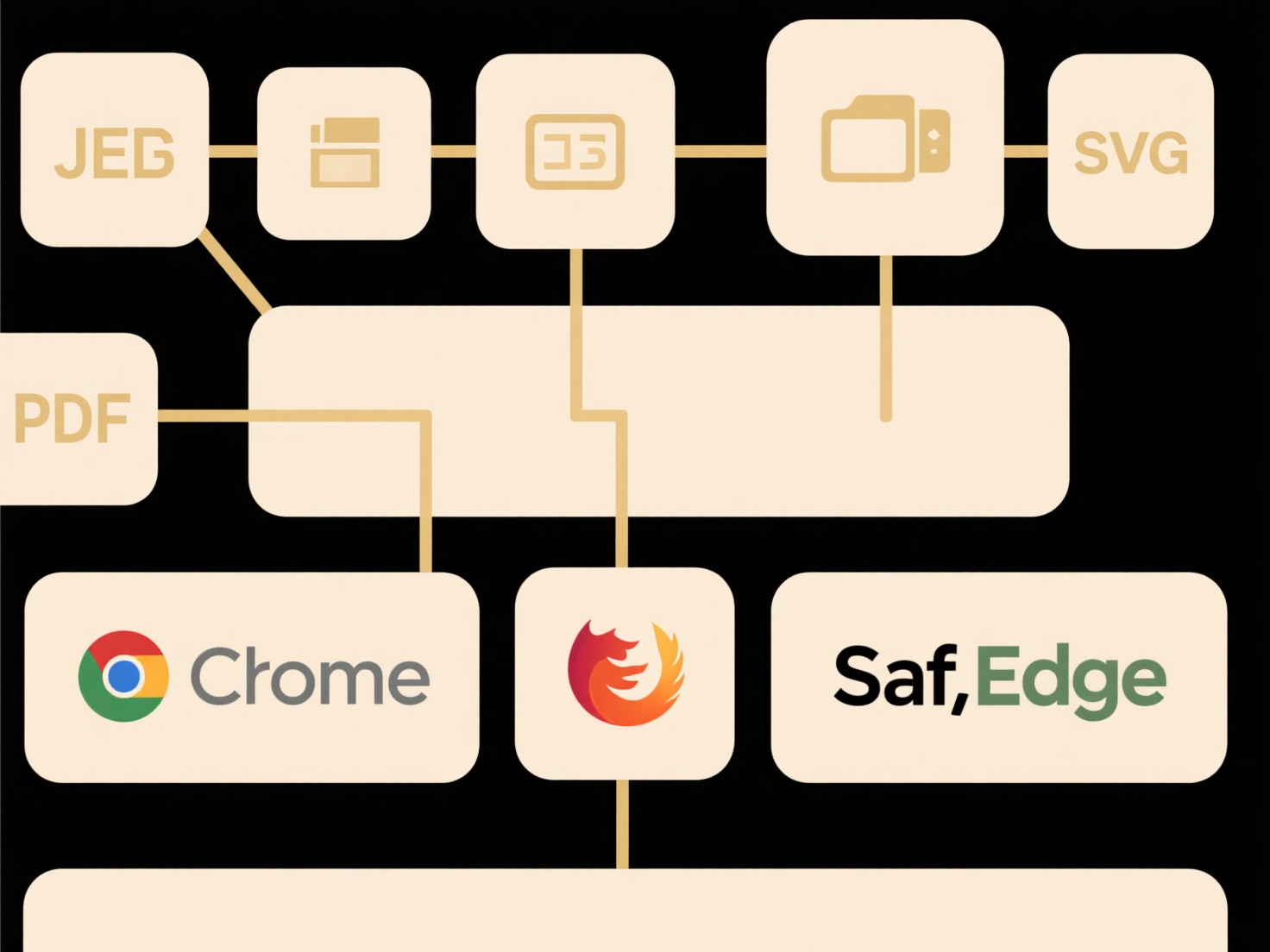
Including approval status like "approved" or "draft" directly in file names means appending a clear label (e.g., Budget_Q3_Approved.xlsx) to indicate the document's current review stage. This directly contrasts with relying solely on folder locations, metadata tags, or version control systems to track status. The file name itself becomes the primary signal of the document's validity and readiness for use.
This practice is commonly seen in regulated environments such as finance for finalized reports (AnnualReport_Approved_FINAL.pdf) or legal departments managing contract versions (ServiceAgreement_v2_Draft.docx). Marketing teams handling campaign assets (BannerAd_Approved.jpg) and engineering groups working with specifications (RequirementSpec_v1.3_Reviewed.docx) also frequently adopt this approach, aiming for immediate visibility of the file's stage.

The primary advantage is instant clarity on a file's usability, reducing the risk of using outdated drafts, especially during sharing. However, it necessitates strict discipline to rename files after each approval step, creating multiple versions (document_draft_v1, document_approved) that can clutter directories and complicate true version history tracking. Mislabeling due to human error carries potential ethical and operational risks if incorrect versions are relied upon. As document management systems improve metadata and workflow capabilities, reliance on this manual naming convention for status may decrease.
Should I include approval status in file names (e.g., “approved,” “draft”)?
Including approval status like "approved" or "draft" directly in file names means appending a clear label (e.g., Budget_Q3_Approved.xlsx) to indicate the document's current review stage. This directly contrasts with relying solely on folder locations, metadata tags, or version control systems to track status. The file name itself becomes the primary signal of the document's validity and readiness for use.
This practice is commonly seen in regulated environments such as finance for finalized reports (AnnualReport_Approved_FINAL.pdf) or legal departments managing contract versions (ServiceAgreement_v2_Draft.docx). Marketing teams handling campaign assets (BannerAd_Approved.jpg) and engineering groups working with specifications (RequirementSpec_v1.3_Reviewed.docx) also frequently adopt this approach, aiming for immediate visibility of the file's stage.

The primary advantage is instant clarity on a file's usability, reducing the risk of using outdated drafts, especially during sharing. However, it necessitates strict discipline to rename files after each approval step, creating multiple versions (document_draft_v1, document_approved) that can clutter directories and complicate true version history tracking. Mislabeling due to human error carries potential ethical and operational risks if incorrect versions are relied upon. As document management systems improve metadata and workflow capabilities, reliance on this manual naming convention for status may decrease.
Related Recommendations
Quick Article Links
Can I apply document classifications in the cloud?
Document classification, the process of organizing documents into categories based on their content, can indeed be appli...
Can I control file priority during sync?
File priority during sync allows you to specify the order in which files are transferred between devices or to the cloud...
Can I extract text from filenames and reorganize it using rules?
Can I extract text from filenames and reorganize it using rules? Extracting text directly from existing filenames and ...